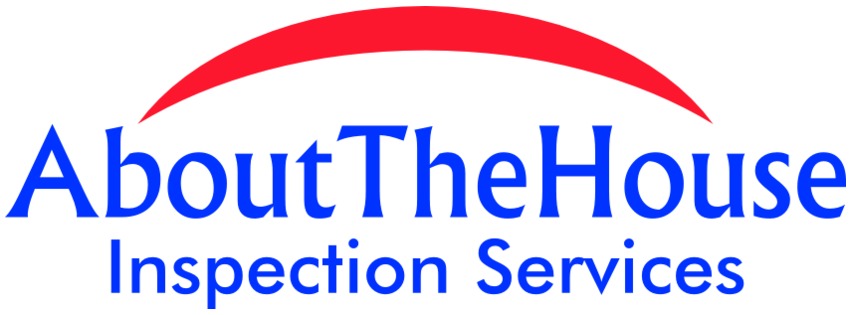In combined central air conditioning and heating systems, the filter should be changed at least once a month to allow your system to operate at peak efficiency. One trick you might use to help remember to change your filter is to make a note with your house payment and change the filter every time you pay it. Of course, if you stop making house payments, I guess you won’t have to worry about changing the filters.
We recommend that during the summer you turn the gas pilot off in the gas furnace in a combined system to prevent condensation and rust. Rust is the main enemy of your furnace’s heat exchanger.
An item that requires minor maintenance is the condenser coil, which is the part of the outside A/C unit. The outside A/C unit needs to be kept free of leaves, grass, cotton wood fuzz and paper trash because if it gets clogged, the efficiency of your system is greatly reduced, the cost increases and damage may occur due to overheating. It is also recommended that you keep shrubbery a minimum of two feet from the unit. This coil may be cleaned by spraying water or air over it to completely remove any and all foreign material. One final note: if your dog is allowed to “mark” the coil, the end result can be the premature failure of the coils due to the urine etching away the coils. Be sure to turn off the power to the unit before cleaning and allow it to dry before turning the power back on.
If you have a heat pump and all power has been cut off for more than an hour at temperatures below fifty degrees, you should not attempt to restart the heat pump for at least eight hours after power has been restored, giving the heating element in the compressor crankcase time to warm up the lubricant and prevent valve damage.
Be aware that heat pumps have a defrost cycle, which usually lasts ten to fifteen minutes. If you see vapors emerging from the outdoor unit, or see frost on the unit during the winter do not be alarmed, this is normal.
Air conditioning systems should not be operated when the outside air temperature is below 60 degrees because your compressor is designed to compress FREON gas and during cold weather FREON liquid may reach your compressor and damage it.


